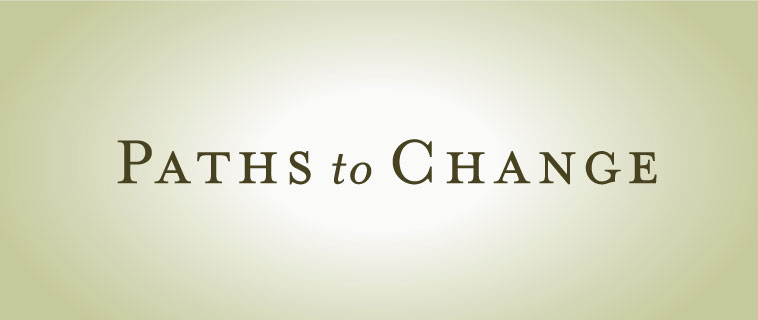“Without a doubt, Paths to Change is one of the absolute top consulting (firms) I’ve known over the course of my several-decades career… top-tier in both Complexity-Science Organizational consulting and Organizational Development consulting… an amazingly effective and rare combination of people skills and process savvy, with a strong focus on results… and consummate integrity.”
— Jocelyn Scarborough, former Vice President of Human Resources at AAA-NCNU; retired Vice President of Human Resources at SanDisk
Outcomes of this work:
- Organization redesign of 90-person division of multibillion-dollar corporation, in the wake of a turbulent reengineering effort
- Reduced budget by $2 million, with no layoffs
- Shifted organizational paradigm from a reactive bureaucracy to a more cohesive, productive and responsive new business-partnership model – aligned with corporate business imperatives
- Organization redesign used a unique blend of complexity-science organizational approaches and conventional approaches that, according to client, “are the kind of thing you dream about, or read about in textbooks”
Client overview
AAA – Northern California, Nevada and Utah (AAA-NCNU) is a multibillion-dollar travel, road services, and insurance company. At the time of this project, it was the second largest member in the American Automobile Association (AAA) federation. As a 100-year old, multibillion company that has for decades been the brand leader in its field, AAA-NCNU needed outstanding consultants who could help the company build on its traditional strengths, while moving into a rapidly changing future. They chose Paths To Change to serve in dual roles supporting the Operations Integration and Human Resources Divisions in the areas of organization redesign, executive coaching, team development, and process counsel.
The new Vice President of Human Resources had inherited a division characterized by bureaucracy and a reputation for “hygiene maintenance,” and asked Paths to Change to redesign the division into an optimally effective organization.
The client speaks about the Paths To Change approach:
“Paths to Change used a highly participatory process to help us shift our fundamental operating model, helping us to transform a reactive bureaucracy.”
“The redesign used a unique blend of traditional Organizational Development (“OD”) approaches with Complexity-Science Organizational (“CSO”) ones. We used all of the rigorous OD practices that one would expect (e.g., conduct a thorough environmental scan and competitor analysis, refresh the mission, generate an updated compelling vision, select core strategies based on the above, drill down into qualitative and quantitative work process analysis, design systems and structures to deliver on the strategy in line with optimal workflows, etc.) However, all of the OD approaches worked in tandem with CSO ones. For example, Paths to Change led the Management Team and Core Design Team (representing all functions and levels of the Division) through a series of CSO educational workshops, which we then applied to our Division to arrive at an unusual helix organizational model, followed by a final design that was similarly unusual, yet highly effective.” Further, (they) set up self-organizing redesign teams in the departments throughout the Division. With consistent support from Paths to Change, these teams generated many of the on-the-ground structures and systems of our new organization.”
“These and other CSO approaches are the kind of thing you dream about, or read about in textbooks – but rarely does anyone have the know-how to pull them off on a large scale. Paths to Change did – and with outstanding results. We aligned with corporate strategic business imperatives, consolidated several functions and established a new business-partnership model, enabling us to become more cohesive, productive and responsive — all while reducing our budget by $2 million without layoffs.”
“(The lead consultant) also functioned as a coach to several executives. As my coach, he foresaw the possibility of certain scenarios and — more than a year in advance — convinced me of the need to prepare for those scenarios. This wasn’t easy, since my plate was more than full. Taking on extra work to prepare for a future scenario that wasn’t guaranteed to happen was far from attractive. However, I saw the wisdom in his advice, and agreed to the work, which we built into our goal-setting and action-planning sessions. This particular piece of coaching turned out to be one of the best in my entire career. One of the scenarios he envisioned did occur, and I was more prepared for it than anyone — myself included — could have imagined.”

